SURGICAL OPERATING SCISSOR INSTRUMENT
High-quality surgical operating scissors designed for precision and durability. Made from stainless steel, these scissors are perfect for cutting tissues and sutures during medical procedures. Ideal for both professional and educational use, ensuring clean and accurate cuts every time.
Category: GENERAL SURGERY SCISSORS
Tags: Healthcare, HealthcareProfessionals, MedicalInstruments, MedicalSupplies, MedicalTools, OperatingRoom, PrecisionScissors, QualityCare, StainlessSteelScissors, SurgicalEquipment, SurgicalKit, SurgicalPrecision HealthcareEssentials, SurgicalScissors, SurgicalTools
Description
Surgical Operating Scissor Instrument: A Comprehensive Overview
Surgical operating scissors are essential tools in medical procedures, designed to meet the precise needs of surgeons during delicate and complex operations. These scissors play a pivotal role in a wide array of surgeries, from general medical procedures to highly specialized interventions. Their design, material composition, and functionality contribute significantly to surgical efficiency and patient safety.
Key Features of Surgical Operating Scissors
- Material and Construction:
Surgical scissors are typically crafted from high-grade stainless steel or titanium. These materials provide durability, corrosion resistance, and sterilization compatibility. Stainless steel is commonly used due to its robustness and affordability, while titanium offers lightweight and hypoallergenic properties, ideal for prolonged usage. - Blade Types:
Surgical scissors come with varying blade configurations to suit specific tasks:- Straight Blades: Used for cutting surface-level tissues or materials such as sutures and gauze.
- Curved Blades: Designed for deeper cuts and enhanced visibility in complex surgical areas.
- Serrated Blades: Provide improved grip and control, minimizing the risk of slippage during procedures.
- Handle Design:
Ergonomically designed handles ensure surgeons maintain a firm grip, even during prolonged operations. This reduces hand fatigue and enhances precision. - Size Variations:
Available in different sizes, these scissors can cater to both fine, intricate tasks and broader cutting needs.
Applications in Surgery
- General Surgery:
Operating scissors are versatile instruments used for cutting tissues, dissecting muscles, and trimming surgical materials. They ensure clean incisions, which are crucial for successful wound healing. - Specialized Procedures:
- Cardiovascular Surgery: Precision scissors are employed for cutting delicate vessels and tissues.
- Neurosurgery: Micro-surgical scissors are tailored for intricate procedures involving nerve tissues.
- Orthopedic Surgery: Robust scissors are used for cutting tougher materials such as tendons and cartilage.
- Non-Surgical Use:
These scissors also serve in pre-operative preparations, such as trimming bandages or preparing materials in the sterile field.
Maintenance and Care
Proper maintenance of surgical operating scissors is essential to ensure their longevity and functionality. Regular cleaning, sterilization, and inspection for wear and tear are necessary. Employing ultrasonic cleaning devices and adhering to sterilization protocols prevents contamination and maintains sharpness.
Advantages of High-Quality Surgical Scissors
- Precision: Enables surgeons to perform with accuracy, reducing tissue trauma.
- Durability: High-quality materials withstand repeated sterilization without degrading.
- Versatility: A single pair can serve multiple purposes across medical disciplines.
- Safety: Ergonomic designs minimize risks during operations, ensuring patient safety.
Technological Advancements
Modern surgical scissors have evolved significantly. Innovations include non-stick coatings, laser-etched blades for enhanced precision, and even powered or robotic-assist options for minimally invasive surgeries. These advancements continue to improve surgical outcomes and efficiency.
Conclusion
Surgical operating scissors are indispensable tools in the medical field, providing surgeons with the precision and reliability needed for successful procedures. Their design and functionality directly impact surgical outcomes, emphasizing the importance of selecting high-quality instruments. Regular maintenance and adherence to best practices further ensure these tools perform optimally over time.
Reviews (0)
Be the first to review “SURGICAL OPERATING SCISSOR INSTRUMENT” Cancel reply
Shipping & Delivery


MAECENAS IACULIS
Vestibulum curae torquent diam diam commodo parturient penatibus nunc dui adipiscing convallis bulum parturient suspendisse parturient a.Parturient in parturient scelerisque nibh lectus quam a natoque adipiscing a vestibulum hendrerit et pharetra fames nunc natoque dui.
ADIPISCING CONVALLIS BULUM
- Vestibulum penatibus nunc dui adipiscing convallis bulum parturient suspendisse.
- Abitur parturient praesent lectus quam a natoque adipiscing a vestibulum hendre.
- Diam parturient dictumst parturient scelerisque nibh lectus.
Scelerisque adipiscing bibendum sem vestibulum et in a a a purus lectus faucibus lobortis tincidunt purus lectus nisl class eros.Condimentum a et ullamcorper dictumst mus et tristique elementum nam inceptos hac parturient scelerisque vestibulum amet elit ut volutpat.
Related products
Bangolea Artery Forceps
PLASTIC SURGERY INSTRUMENTS, ARTERY FORCEPS, Surgical Instruments, GENERAL SURGERY INSTRUMENTS SET LIST, GENERAL SURGERY, GENERAL SURGERY SCISSORS
Rizbain Surgical Is offering an Excellent Range of Artery Forceps, such as Bangolea Artery Forceps, Crile-Rankin Artery Forceps, Backhaus Towel Forceps, trauma Tissue, And Organ Holding Forceps, Collin Tissue And Organ Holding Forceps, Dandy Forceps, Gemini Dissecting, And Ligature Forceps, Gross-Maier Dressing And Cotton Swab Forceps, Halsted-Mosquito Forceps, Hartmann Artery Forceps, Kelly-Rankin Forceps, Kocher Ochsner Forceps, Murphy Tubing Clamp With Safety Guard, Roeder Towel Forceps, Pean Artery Forceps and Rampley Sponge Forceps.
Busch Umbilical Scissors 16cm
Rizbain Surgical provides a wide variety of surgical scissors. One of which is Busch Umbilical Scissors. These are gynecological scissors used to grasp the umbilical cord after birth. Their strategic angle makes them an ideal tool for the dissecting procedure. These surgical scissors have an ergonomic design for better control. They consist of a pair of premium-grade sharped blades with stainless steel material, joined with the pin. Their premium quality blades make them different from any other brand of surgical scissors.
Cooley Suction Tube 35cm
GENERAL SUCTION TUBES, GENERAL SURGERY SCISSORS, ENT INSTRUMENTS, MICRO LARYNGOLOGY INSTRUMENTS, PLASTIC SURGERY INSTRUMENTS, SUCTION TUBES
Rizbain Surgical is the best leading Manufacturer and Supplier of Excellent Quality Suction Tubes, such as Frazier Suction Tubes, Frazier (Fergusson) Suction Tubes, Pool Suction Tubes, Yankauer Suction Tubes, Cooley Suction Tubes, Adson Suction Tubes. All these Instruments are made with Surgical Graded Steel as per International standards.
Debakey Potts Smith Scissors
Rizbain Surgical provides a wide variety of surgical scissors. One of which is Busch Umbilical Scissors. These are gynecological scissors used to grasp the umbilical cord after birth. Their strategic angle makes them an ideal tool for the dissecting procedure. These surgical scissors have an ergonomic design for better control. They consist of a pair of premium-grade sharped blades with stainless steel material, joined with the pin. Their premium quality blades make them different from any other brand of surgical scissors.

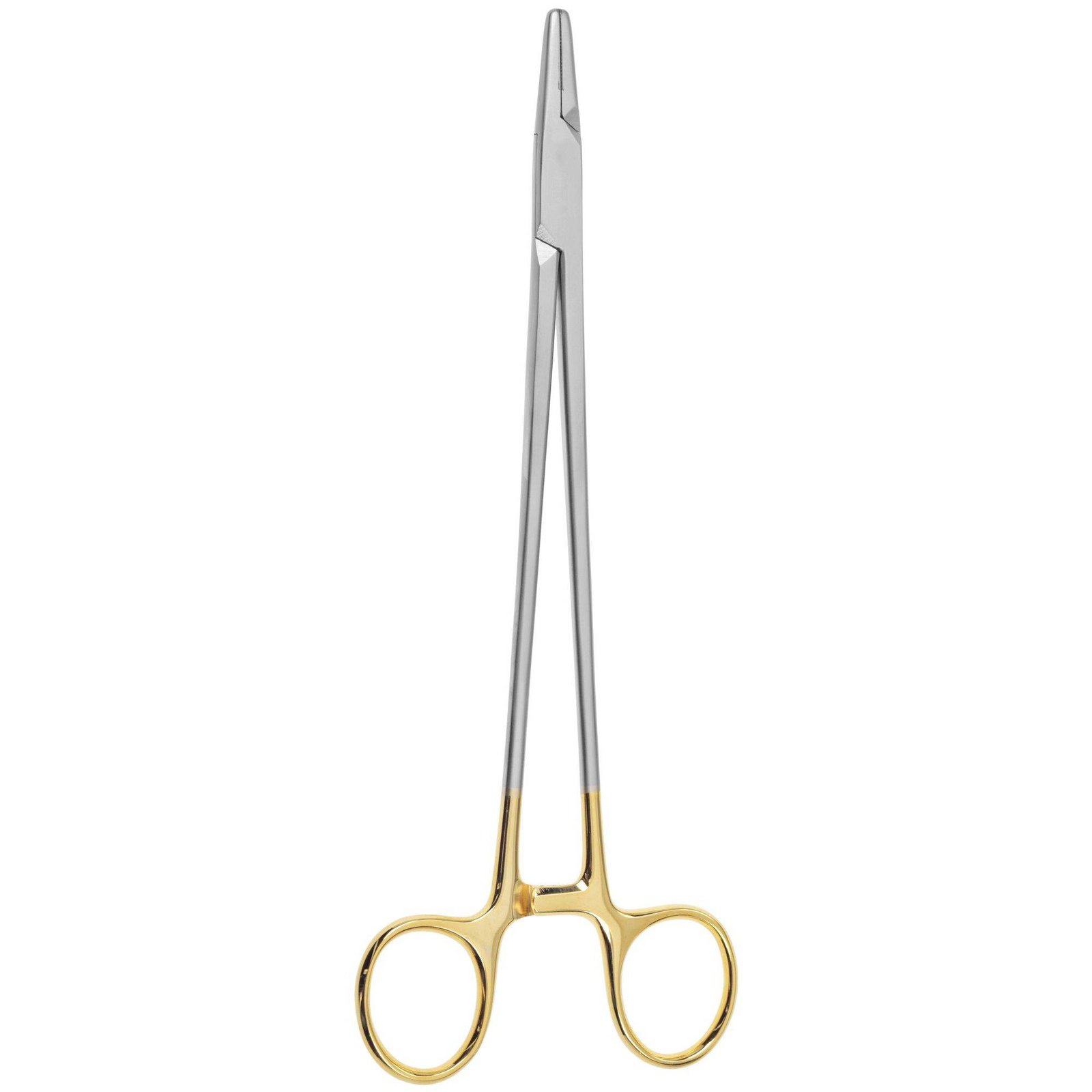
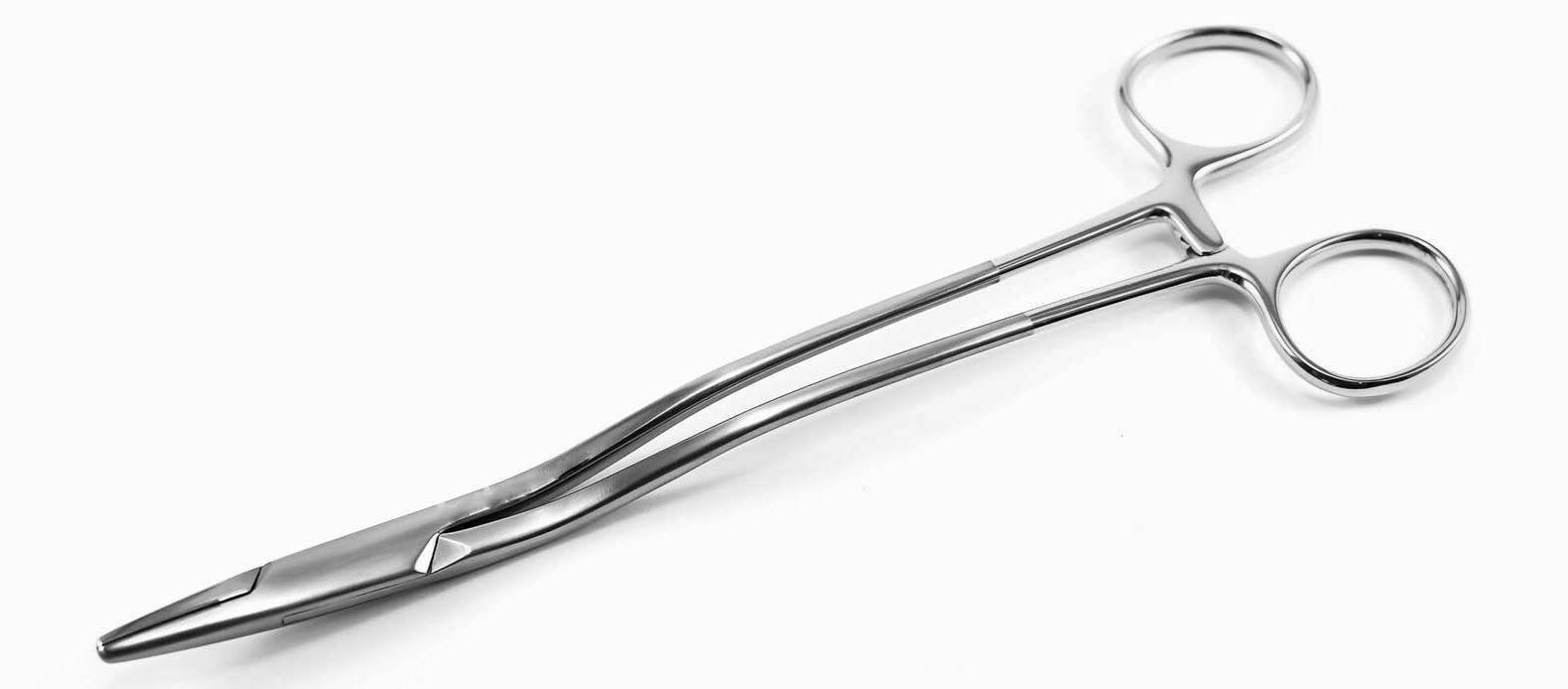
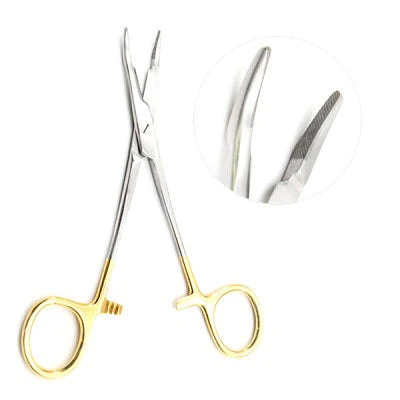



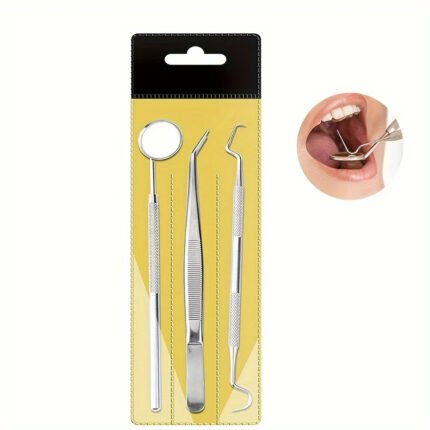

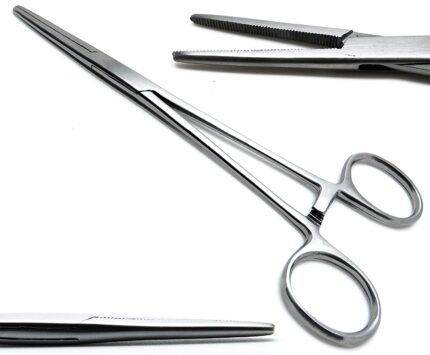
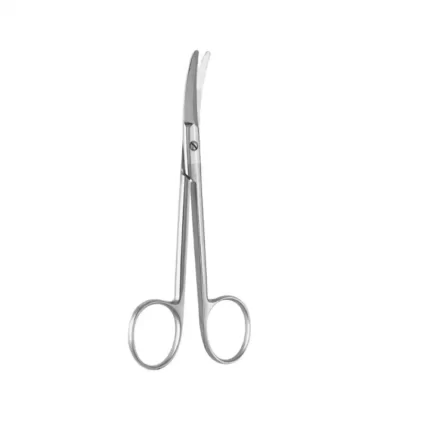

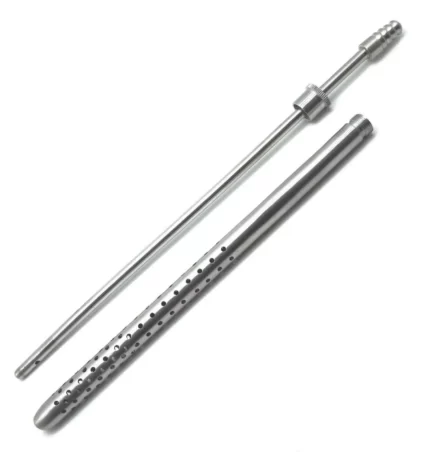
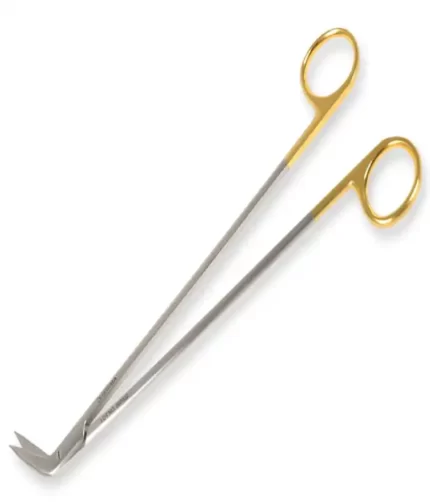

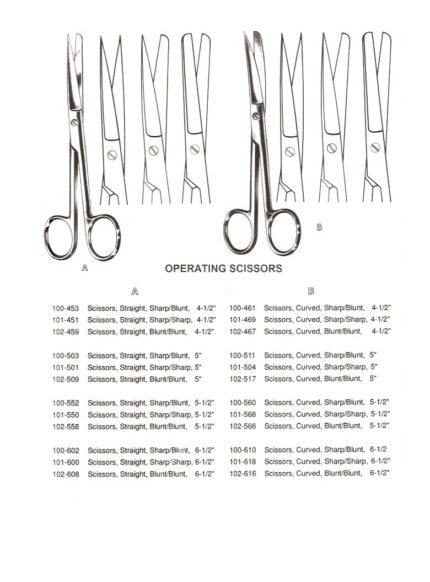
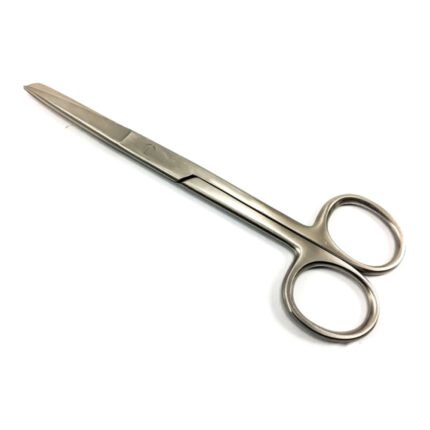

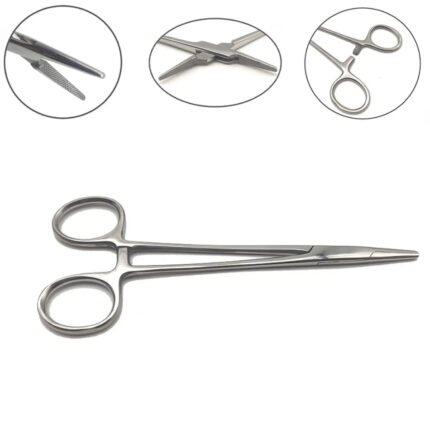



Reviews
There are no reviews yet.